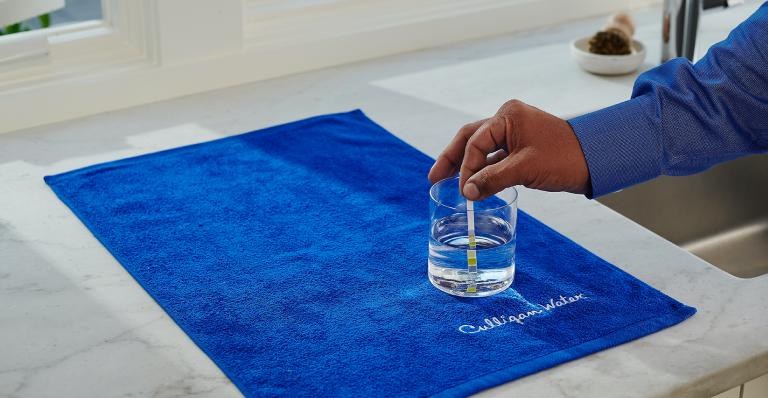Culligan of San Antonio
Your local water experts since 1936
Proudly serving the San Antonio area
Request Appointment
Water solutions you can trust
Backed by over 85 years of experience, your local Culligan water expert has a wide range of products to address your unique water concerns.
Did you know that the EPA recently updated PFA regulations?
Learn More About PFAS
The Culligan advantage
As the leaders in water treatment for 85+ years, Culligan helps you provide your family with better, safer water at every tap.
Culligan of San Antonio
When you choose Culligan for your water needs, you’re choosing an industry leader with top-rated water treatment equipment, advanced technology and a 100% satisfaction guarantee. Since 1936, Culligan's local water experts have been committed to providing the best service available.
Worried about your water?
Get a FREE water consultation!
Improving your home's water is easier and more convenient than ever with Culligan's in-home or virtual appointments.
Schedule Your Water Test

Culligan services
You can count on Culligan service to exceed your expectations. Check out the wide range of services provided by your local water expert below.
Water quality your family can count on
Culligan's award-winning technology and service have attracted recognition from some of the most trusted names in product testing and quality assurance.
The Culligan of San Antonio difference







